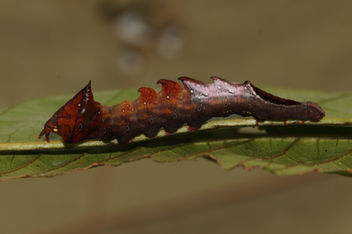Protium amazonicum
Family:
Burseraceae
Kichwa:
Shirkillu / Copal

In the Burseraceae family there are at least three trees in the Protium genus whose sap is of cultural importance in the Ecuadorian Amazon: Kopal, Shirkillu and Palo Santo. The sap of the kopal is fragrant turpentiny flamible substance. The collected sapresin hardens into a waxy ball. When lit these dried balls provide a bright slow burning light. Before the advent of flashlights this light for the kopal was widely used throughout the Amazon as a kind of torch. Burning kopal gives off a pleasant smell. For this reason closely related species, also called Kopal, were burned as incense by the Maya. The sap of another Burseraceae, Shirquillu, is used by ceramic artists to give a shiny glaze to chicha drinking bowls called macaguas. The collected sap is rolled into a waxy ball. As soon as the mucagua is taken out of the fire the ball of sap is applied to the hot surface. In contact with the heat the shirkillu melts and can be applied as a liquid to the surface of the mucagua. Covered in resin the shiny drinking bowl acquires a sweet turpentiny smell A third Burseraceae, palo santo, is sold to Andean Quichua who use it as an incense to protect their homes and businesses from the witchcraft of envious competitors. In Quito visitors know they have arrived in the poorer business districts of the colonial city from the heavy smell of burning palo santo. In shop after shop Quichua merchants burn palo santo daily to protect their businesses from the “daño” or witchcraft they believe their competitors are continually sending them.





